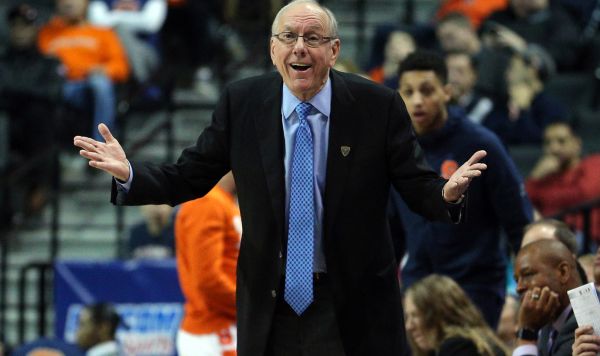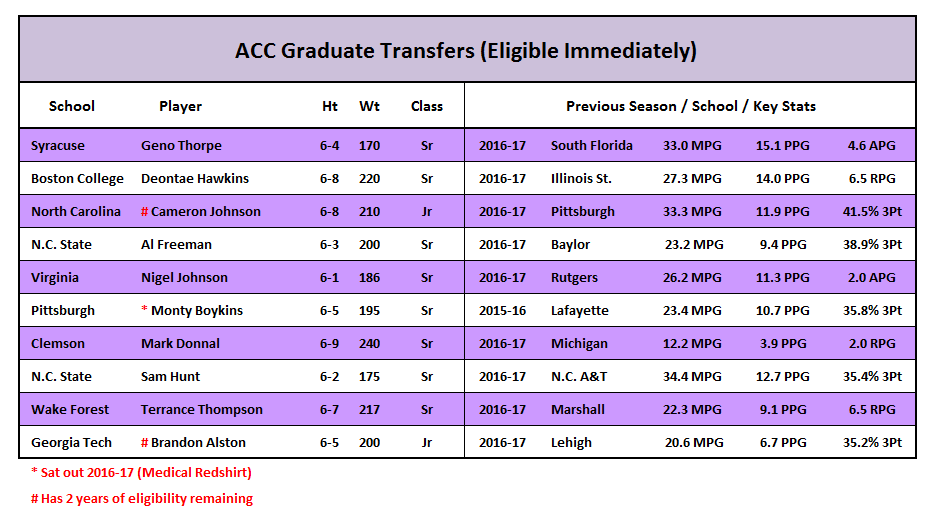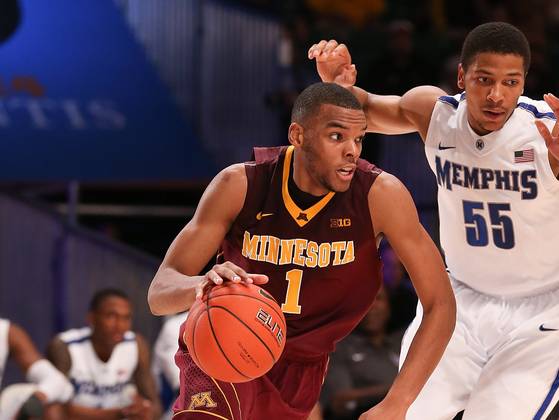ACC Burning Questions: Syracuse Orange
Posted by Matthew Auerbach on November 6th, 2017This team preview is part of the RTC ACC microsite’s preseason coverage.
Burning Question: With plans for the future scrapped, where does Syracuse go from here?
For most of the last decade, it was widely assumed, presumed, and stated as fact that longtime Syracuse assistant coach Mike Hopkins would eventually slide into the chair occupied by program architect Jim Boeheim. After a self-imposed postseason ban in 2015 and the embarrassing circumstances surrounding it, speculation was that the 2017-18 season would be Boeheim’s last in central New York, and the transition plan would at long last become reality. This offseason, however, Hopkins took the reins of a severely underperforming program at Washington, leaving the 72-year old head coach (42 at his alma mater) at the helm of the program he built from nothing to a national powerhouse for the foreseeable future. How much does Boeheim have left in the tank? Notwithstanding the sheer length of his tenure, the persistent spates of controversy that has enveloped the Syracuse program within the last decade — the Bernie Fine saga, vacated wins, and Boeheim’s nine-game ACC suspension in 2016 — would be enough to strip the vibrancy away from much younger men.
Yet, here we are, and even with very low expectations entering the 2017-18 campaign, would it really come as a surprise to anyone if Boeheim found the fountain of youth and proved all of his doubters wrong once again? To accomplish that feat, Syracuse will rely heavily on sophomore guard Tyus Battle. Battle started slowly as a rookie, but he became discernibly more comfortable down the stretch last season, finishing with double figures in his final seven contests. The only returnee among the top six scorers, he’ll necessarily be the focal point of the Orange’s offense this year. Meanwhile, junior guard Frank Howard is the only other returnee of note. Howard has the requisite size and athleticism to act as a disruptive force at the top of Syracuse’s vaunted 2-3 zone, but he has yet to show the consistency necessary for Boeheim to entrust him with point guard responsibilities. If he can’t corral his physical tools in a positive way, he will be pushed for playing time by graduate transfer Geno Thorpe, who averaged 15.0 points per game at South Florida last season, and four-star freshman Howard Washington, who played one of his high school seasons on the flank of Ben Simmons. Read the rest of this entry »













































